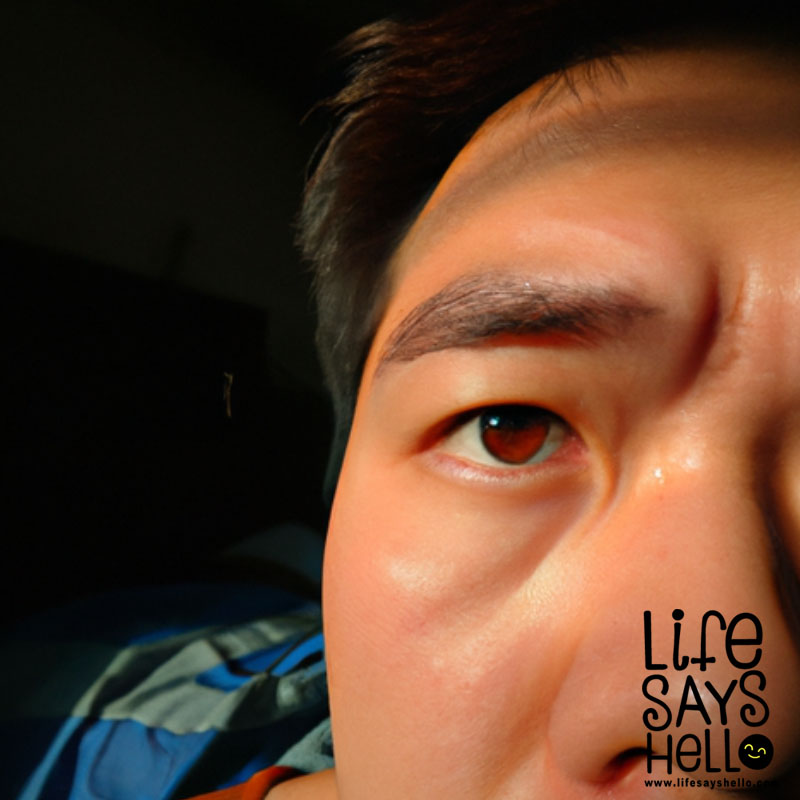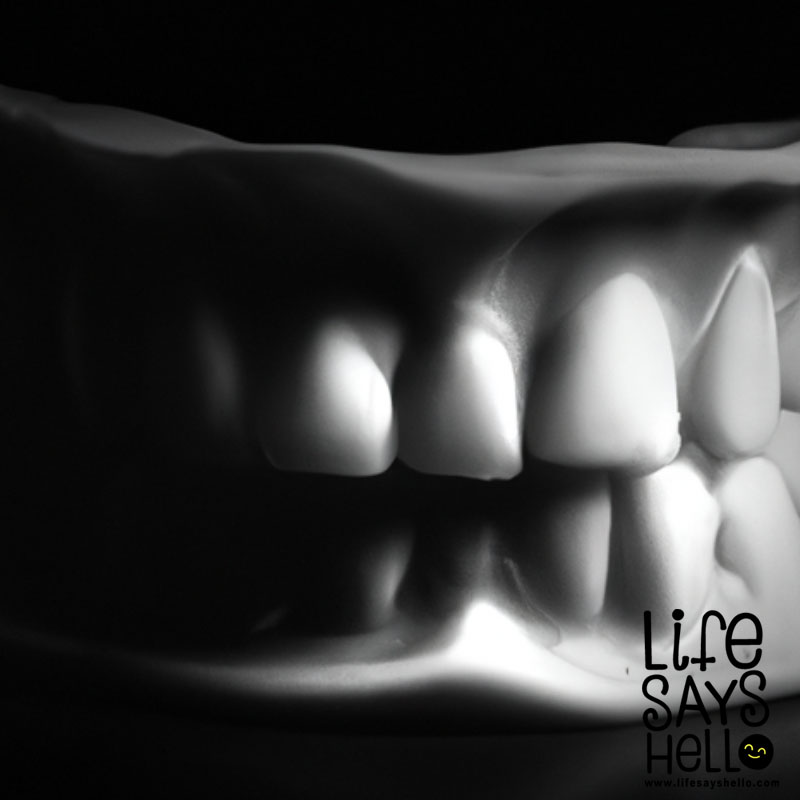Unlock the Benefits of Napping: Are Naps Truly Good for Your Health and Well-Being?

In today's fast-paced world, getting enough sleep can be a challenge. As we juggle work, family, and social commitments, the idea of catching some shut-eye during the day might sound appealing. But are naps really good for you? Let's dive into the science behind napping, its various types, and how you can make the most out of this age-old practice.
Introduction
Napping has been a part of human culture for centuries, with many societies incorporating a midday rest into their daily routines. From the Spanish siesta to the Japanese inemuri, napping is a global phenomenon. But as our lives become busier, we often wonder if taking a nap is truly beneficial or just a waste of precious time. In this article, we'll explore the science behind napping, the different types of naps, and how to make the most out of your daytime snooze.
The Science Behind Napping
Sleep is a vital component of our overall health and well-being. During sleep, our bodies undergo various processes, such as repairing tissues, consolidating memories, and regulating hormones. Sleep is typically divided into two main types: rapid eye movement (REM) sleep and non-rapid eye movement (NREM) sleep. NREM sleep consists of three stages, each progressively deeper than the last. REM sleep, on the other hand, is a more active stage where dreaming occurs.
Naps, like nighttime sleep, can involve both REM and NREM sleep, depending on their duration. Research has shown that napping can provide several benefits, including:
- Improved mood: A quick nap can help lift your spirits and reduce feelings of stress or irritability.
- Increased alertness: Napping has been proven to boost alertness and improve reaction times, making it particularly helpful for those who work in high-stakes environments or have demanding jobs.
- Enhanced cognitive function: Studies have shown that napping can improve memory, creativity, and problem-solving skills.
Now that we know the science behind napping let's explore the different types of naps and their unique benefits.
Types of Naps
There are several types of naps, each with its own set of advantages. Here, we'll discuss three common types: power naps, recovery naps, and full-cycle naps.
Power Naps
Power naps are short, lasting only about 10-20 minutes. These brief naps are designed to provide a quick energy boost and increased alertness without leaving you feeling groggy. Power naps typically involve only the first stage of NREM sleep, which is the lightest and easiest to awaken from.
Recovery Naps
Recovery naps are longer, usually lasting between 30-60 minutes. These naps are intended to help make up for lost sleep, such as when you've pulled an all-nighter or experienced jet lag. Recovery naps can involve both NREM and REM sleep, allowing your body to undergo some of the restorative processes that occur during a full night's sleep.
Full-Cycle Naps
Full-cycle naps are the longest, lasting for a complete sleep cycle of about 90 minutes. These naps provide the most restorative benefits, as they allow your body to go through all the stages of NREM and REM sleep. Full-cycle naps can be particularly helpful if you're consistently not getting enough sleep at night, but they can also leave you feeling groggy if you're not used to them.
When to Nap
The ideal time to take a nap varies depending on factors such as your age, lifestyle, and sleep schedule. However, there are some general guidelines to help you determine the best time for a nap.
One important concept to consider is the "nap window." This is the period during the day when your body is most likely to benefit from a nap. For most people, the nap window occurs between 1-3 PM, when the body experiences a natural dip in energy levels due to its circadian rhythm. Napping during this time can help maximize the benefits of your nap while minimizing the potential for disrupting your nighttime sleep.
If you work a night shift or have an irregular sleep schedule, your nap window might be different. In these cases, it's essential to listen to your body and nap when you feel the most tired.
Napping Tips
To make the most out of your nap, it's important to create an ideal napping environment and use techniques that help you fall asleep quickly. Here are some tips to help you get the most out of your nap:
- Choose a dark, quiet space: Light and noise can make it difficult to fall asleep. Try to find a space where you can control these factors, such as a bedroom or a quiet corner in your office.
- Use a sleep mask and earplugs: If you can't control the light and noise in your environment, consider using a sleep mask and earplugs to block them out.
- Set a timer: To avoid oversleeping and experiencing sleep inertia (the groggy feeling that can occur after waking from a deep sleep), set a timer for the desired length of your nap.
- Practice deep breathing exercises: Focusing on your breath can help relax your body and mind, making it easier to fall asleep. Try inhaling for four counts, holding your breath for four counts, and exhaling for four counts. Repeat this process until you drift off to sleep.
Possible Drawbacks of Napping
While napping can provide many benefits, it's important to be aware of potential drawbacks. One such drawback is sleep inertia, which is the groggy, disoriented feeling that can occur after waking from a deep sleep. Sleep inertia is more likely to occur after longer naps, particularly if you're not used to them.
Another potential drawback is the disruption of your nighttime sleep. If you nap too late in the day or for too long, you might have trouble falling asleep at night, leading to a vicious cycle of sleep deprivation. To avoid this, try to nap during your nap window and stick to shorter naps if you're concerned about your nighttime sleep.
Finally, it's important to note that napping might not be suitable for everyone. Individuals with sleep disorders, such as insomnia or sleep apnea, should consult their healthcare provider before incorporating naps into their routine. Additionally, some people might find that napping simply doesn't work for them, and that's okay too. It's essential to listen to your body and figure out what works best for you.
Conclusion
Napping can be a powerful tool for improving mood, increasing alertness, and enhancing cognitive function. By understanding the science behind napping, the different types of naps, and the best practices for napping, you can make the most out of your daytime snooze. However, it's important to be aware of potential drawbacks and consider your individual sleep needs when deciding whether or not to incorporate naps into your routine. So, the next time you're feeling sluggish in the afternoon, consider taking a power nap and see how it impacts your overall well-being.




Comments